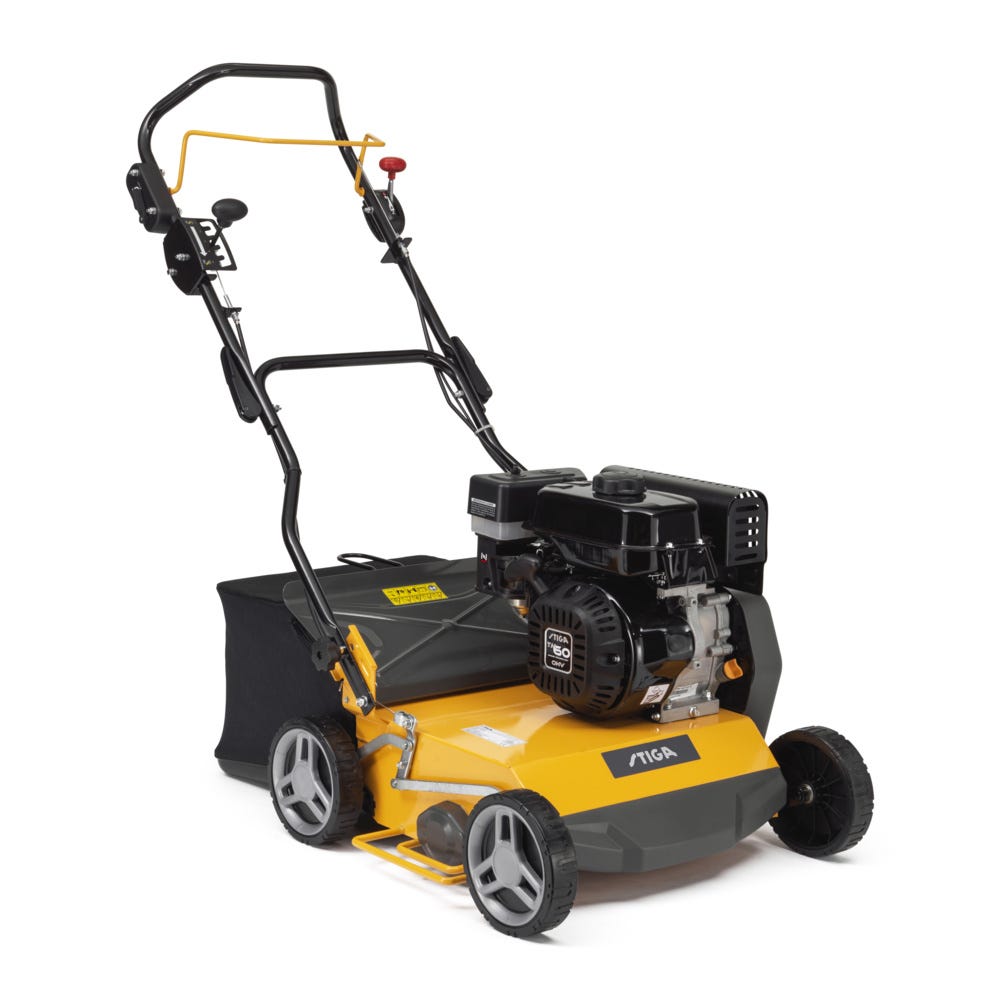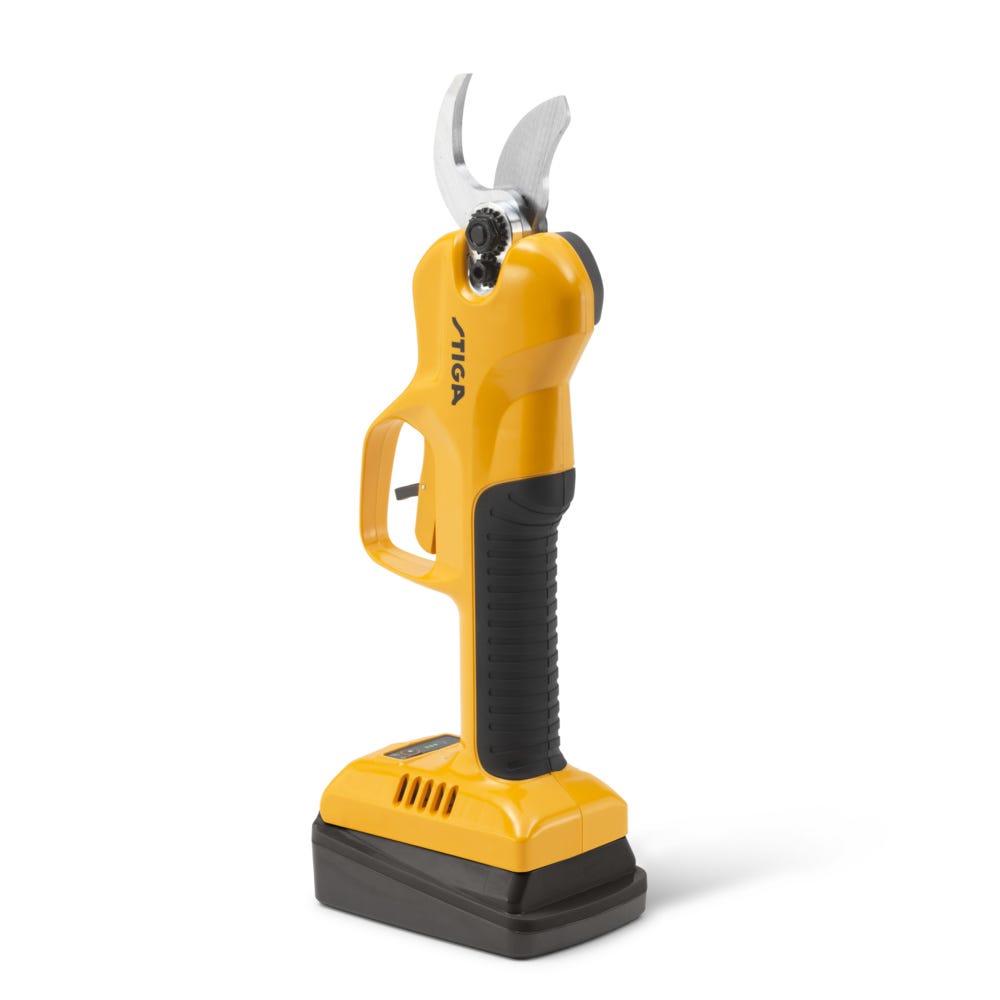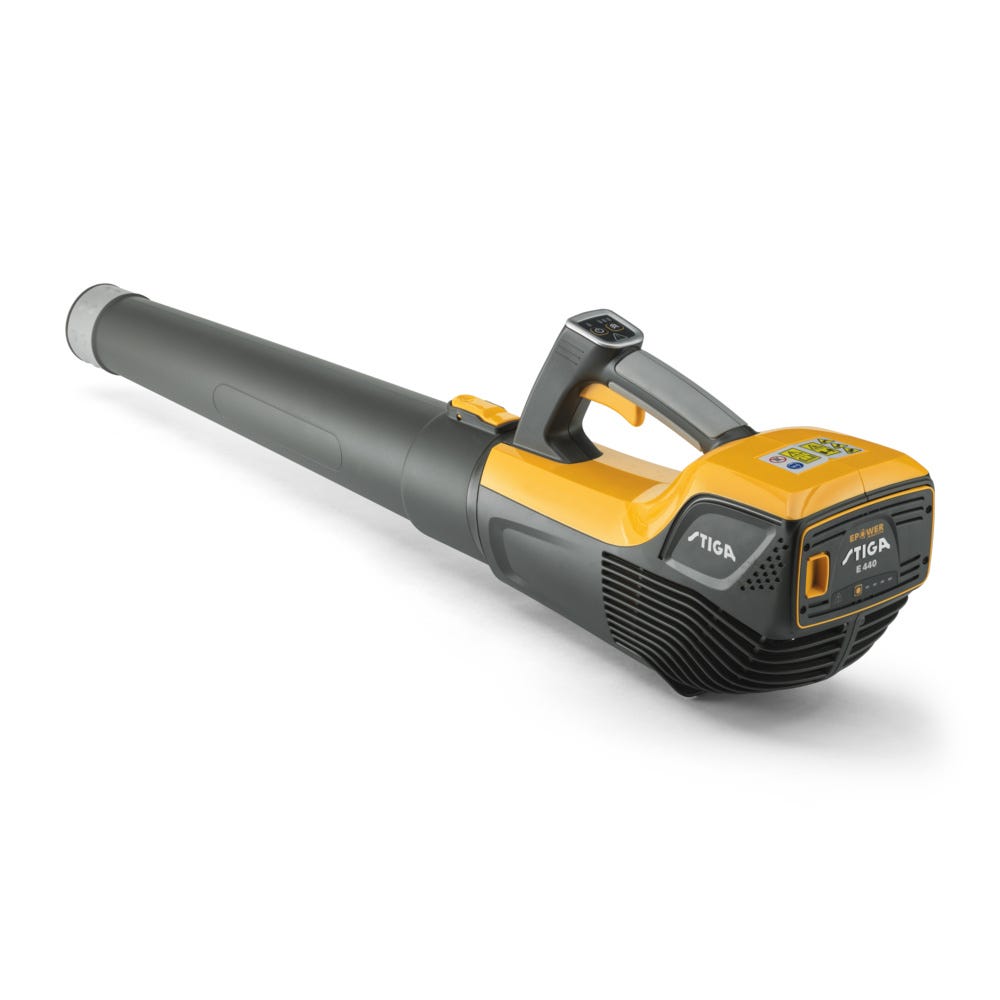.jpg)
November’s wet and often frosty days signal the transition from autumn to winter. Any last bursts of fiery colour will soon disappear, so it’s time to prepare your plants for the harsher months ahead. If you're feeling a little lost on what gardening tasks to dive into this November, fear not, we’ve put together a list of gardening tasks for you.
Protect against frost
Temperatures are likely to dip into single figures in November, meaning there’s a good chance you’ll soon be waking up to a frosty garden. If you haven’t already, lift begonias, dahlia tubers and other flowers like gladioli and bring them into a dry storage area for winter.
Pots and other outdoor containers should be insulated using hessian (bubble wrap works well too) to protect them against frost. You can do the same in the greenhouse to stop it getting too cold – simply place bubble wrap along the inside of the frame. It’s also worth considering building a cold frame if you’ve got young plants in your beds that can’t be moved inside.
Finish preparing for winter
There’s plenty to do this month to prepare your garden for its quietest season. Get rid of leaves that have fallen from infected plants, such as rose bushes that suffered blackspot, to reduce the likelihood of the disease coming back.
You should regularly remove fallen leaves off your lawn to not only keep it looking its best but, more importantly, to prevent the grass plant underneath from being smoothered. The lack of oxygen and sunlight can cause mould and pests to thrive and cause parts of your lawn to turn brown and die. Leaf blowers are the ideal tool for the job and if you choose a blower vac, you can suck them up afterwards,and pop them striaght onto the compost heap.
Our top November gardening tip:
If you're looking to create leaf mould for your soil, now is the perfect time to start. Shredding your leaves will accelerate the decomposition process, so your leaf mould could be ready in about a year.
November is also your last chance to finish any overdue jobs, like raising pots to prevent them getting waterlogged, painting fences, trimming hedges, cleaning water butts and installing lawn edging. If you’ve got time, it’s also wise to aerate your lawn and give the ground a final watering before it freezes. You can use a fork to aerate your lawn or alternatively pop on the springs kit on your STIGA scarifier.
Plant spring colour now
There are plenty of flowers to plant in November. Whether you’re growing hardier flowers like tulips, bare-root roses and daffodils, or prefer delicate varieties that need to be started in the greenhouse, now’s the time to plant spring flowers. Sweet peas, foxglove and lupin can be sown inside, in preparation for next year, while pansies, violas, heather and primulas can go straight into beds.
If you’re wondering which fruits and vegetables to plant in November, you can plant strawberries, raspberries, blackberries, currants and blueberries at this time of year. Pear and apple trees should be ready to prune, but you’ve got until February to tackle this job. For easy pruning try STIGA's battery-powered pruning shears.
If you have already got a healthy vegetable patch, it’s time to harvest parsnips and make sure heavy brussel sprouts and brassicas are properly supported with stakes.
Look after winter garden residents
As the ground freezes and plants die back, birds will find it harder to get to precious food sources. If you want to make sure they still pay you a visit, keep your feeders well stocked with seeds and fat balls. It’s also a good time to place nets over your pond to keep it clear of leaves over the winter and get rid of overground pond weed.
Next month, we’ll be sharing our top gardening tips for December – keep your eyes peeled for more!













 Free Delivery
Free Delivery White glove service
White glove service Payments
Payments